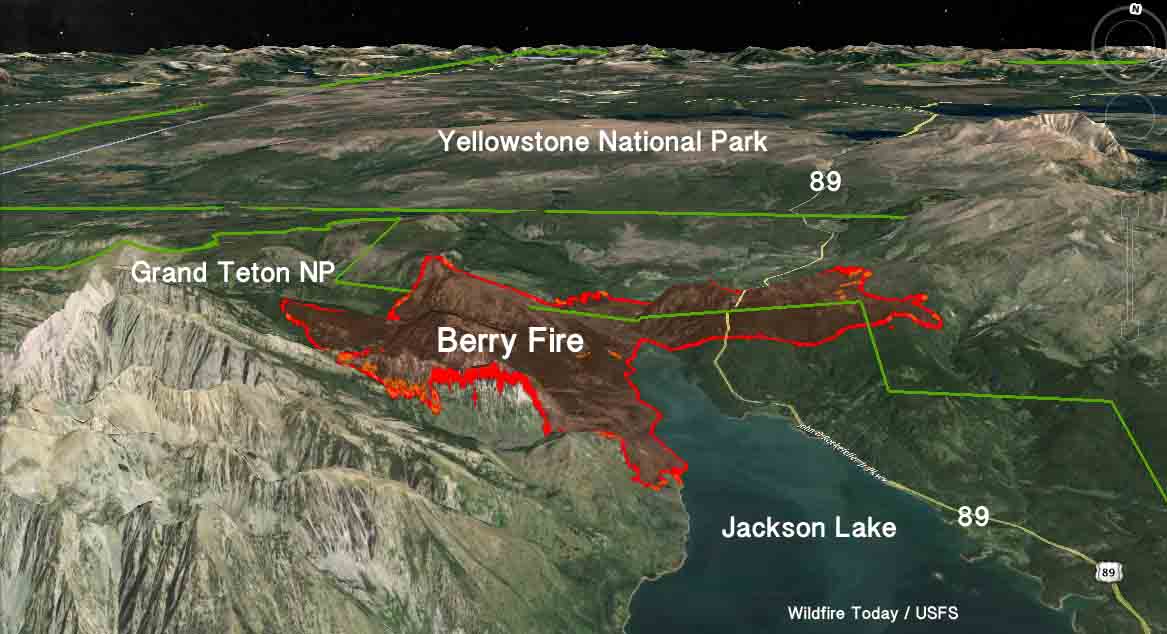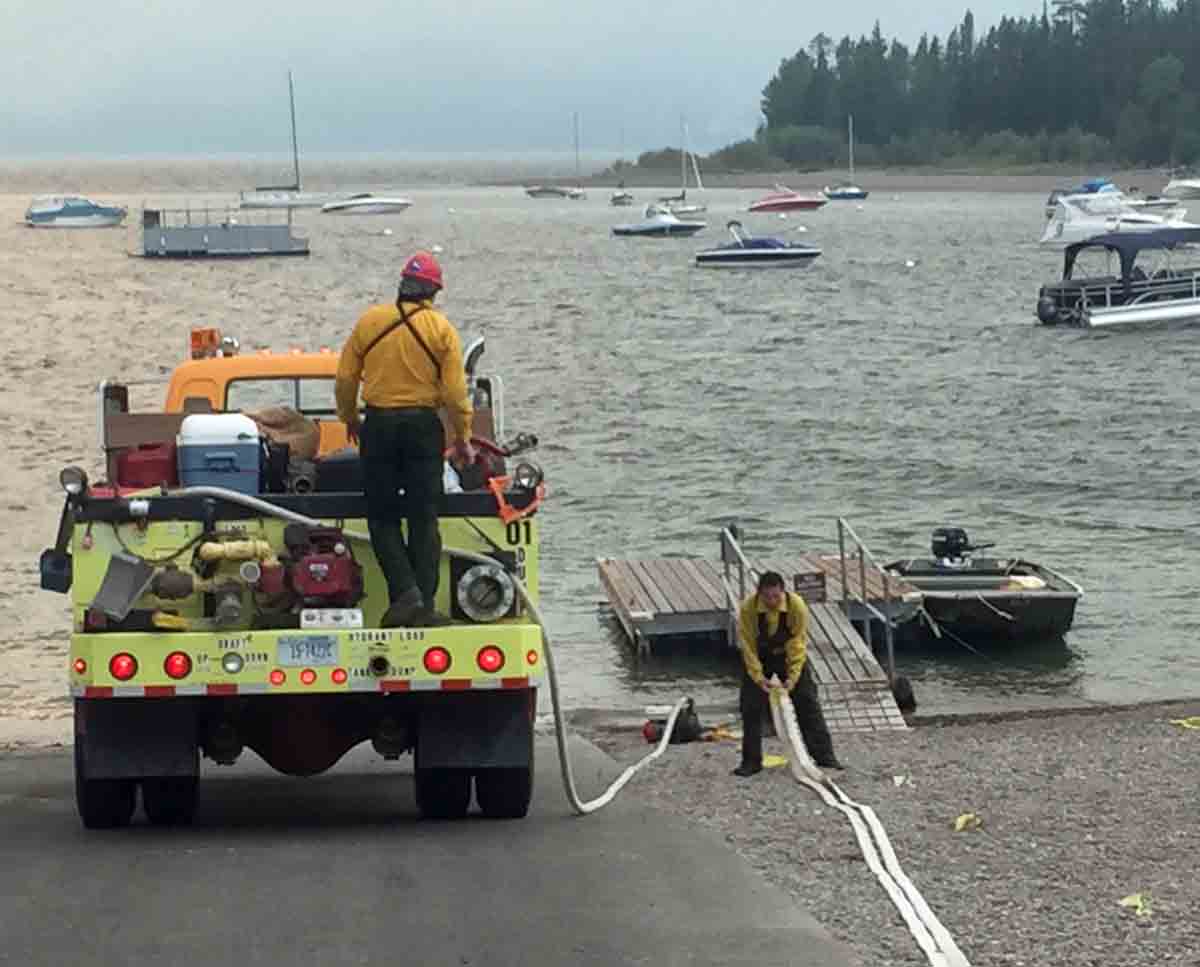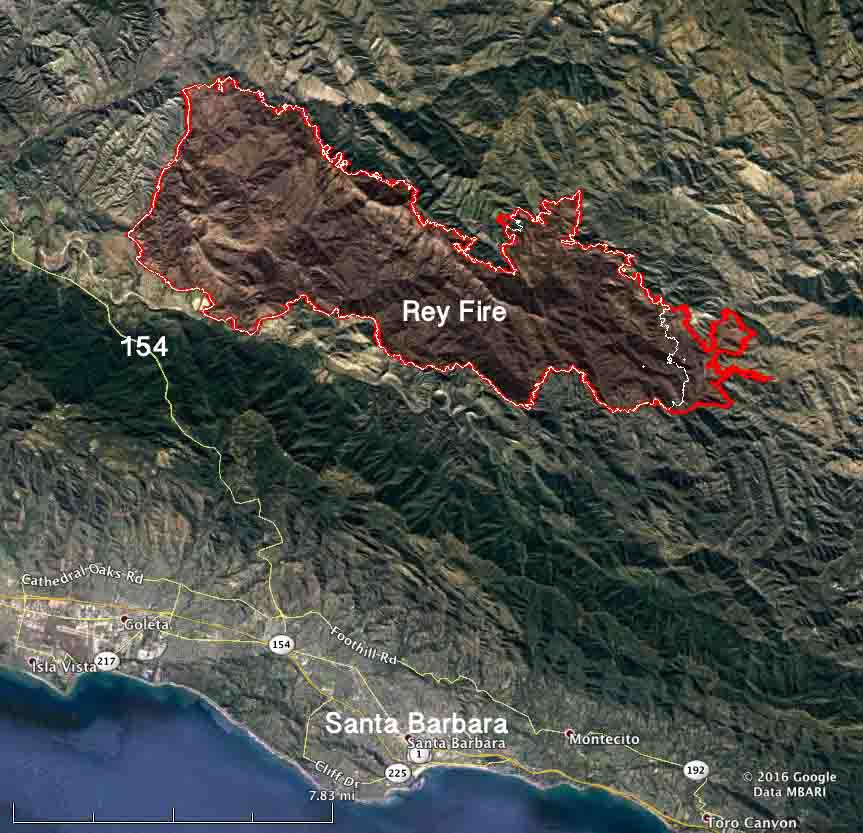(Originally published at 10:17 p.m. MDT August 27, 2017. Updated at 11:05 p.m. MDT August 28, 2016)
(UPDATE: the driver of the firefighters’ truck has been charged with a crime.)
Two firefighters with a Type 2 hand crew were killed in a traffic accident Saturday August 27 near Blaine, Minnesota. The Minnesota Incident Command System verified that the firefighters were part of the Beartown Fire Crew from the Keweenaw Bay Indian Community in the upper Peninsula of Michigan that was en route to the Box Canyon Fire in Utah.
The Keweenaw Bay Indian Community confirmed the tragic accident:
The Keweenaw Bay Indian Community learned this evening that our Beartown Firefighting crew was involved in a tragic traffic accident. Two of our fire fighters were killed and several others were severely injured. Our hearts are broken and our prayers are with the family members and those injured.
The seven other firefighters in the crew carrier that were injured in the crash are expected to recover.
The two deceased firefighters were identified Sunday by the Keweenaw Bay Indian Community as James F. Shelifoe, Jr., 23, of Baraga Michigan, and Alan J. Swartz, 25, of Baraga, Michigan.
The Minnesota State Patrol said in a statement:
The truck was southbound on I-35W near 95th Avenue. The truck left the roadway for an unknown reason, struck the median cable barriers, and rolled. A total of nine people were in the vehicle.
There were 11 other firefighters en route to the same fire. They were traveling in a convoy but had become separated.
According to Minnesota Department of Transportation, that section of the Interstate was closed in both directions for about four hours after the accident.
The Keweenaw Bay Indian Community in cooperation with the Bureau of Indian Affairs manages the Beartown Firefighters Type 2 hand crew. It is based out of Baraga, Michigan and is available for dispatch locally as well as nation-wide.
Our sincere condolences go out to the family, coworkers, and friends of the injured and deceased firefighters.
2 #FIREFIGHTERS KILLED, 6 INJURED IN FIRE APPARATUS CRASH-MINNESOTA/MICHIGAN #LODD https://t.co/sViZodmtnQ pic.twitter.com/fCAfsOV5uB
— FirefighterCloseCall (@TheSecretList) August 28, 2016
Thanks and a tip of the hat go out to Tom.









